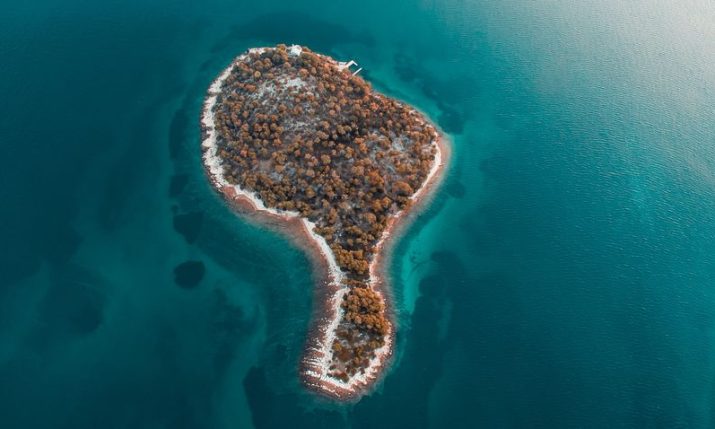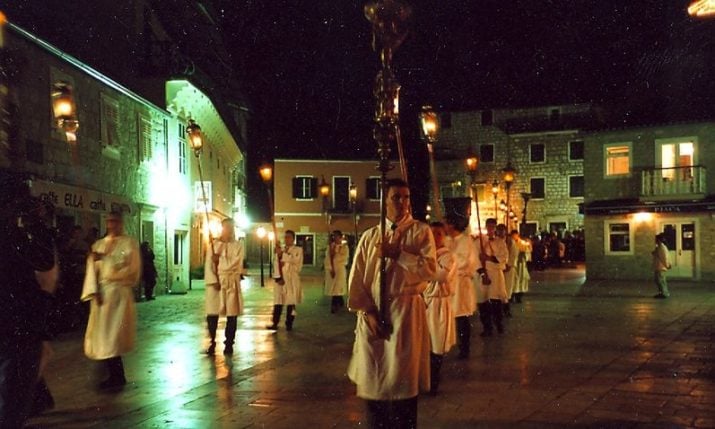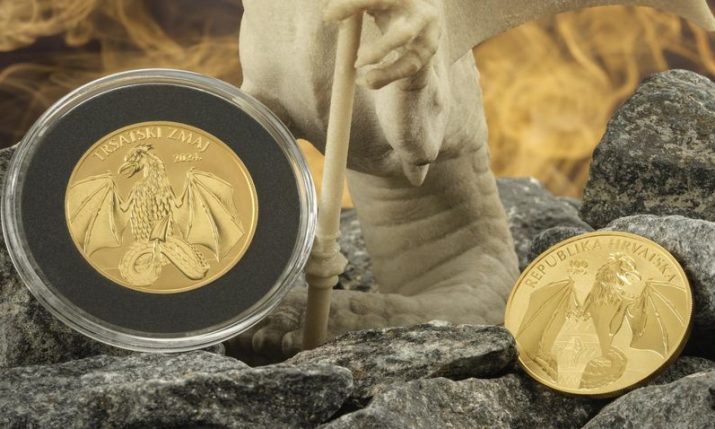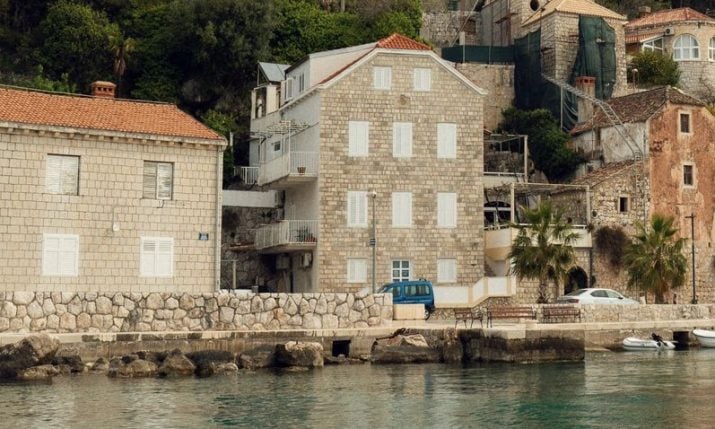‘Bjelovarski kvargl’ becomes 25th Croatian product protected at European level
- by croatiaweek
- in News
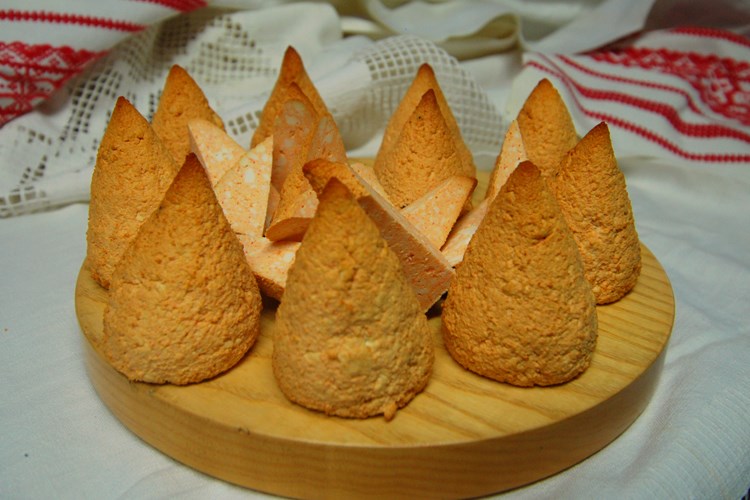
Bjelovarski kvargl (Photo credit: Ministry of Agriculture, Fisheries and Rural Development)
BRUSSELS, 21 February 2020 – ‘Bjelovarski kvargl’ cheese has become the 25th Croatian product to be protected at EU level on Friday, the Croatian Ministry of Agriculture, Fisheries and Rural Development reported.
Today, the European Commission approved the application for inclusion of ‘Bjelovarski kvargl’ cheese in the register of protected designations of origin and protected geographical indications.
‘Bjelovarski kvargl’ cheese is a product derived from fresh cow’s milk cheese which, after draining, is mixed with salt and paprika and shaped into small pointed cones which are then dried and smoked. The ‘Bjelovarski kvargl’ cheese is produced in the traditional way, exclusively by hand.
It is produced in Croatia’s Bjelovar-Bilogora County, bordered to the north by Koprivnica-Križevci County, to the north-east by Virovitica-Podravina County, to the south by Sisak-Moslavina County and to the west by Zagreb County. There are five towns in Bjelovar-Bilogora County: Bjelovar, Čazma, Daruvar, Garešnica and Grubišno polje, and 18 municipalities: Berek, Dežanovac, Đulovac, Hercegovac, Ivanska, Kapela, Končanica, Nova Rača, Rovišće, Severin, Sirač, Šandrovac, Štefanje, Velika Pisanica, Veliki Grđevac, Veliko Trojstvo, Velika Trnovitica and Zrinski Topolovac.
Protection of the ‘Bjelovarski kvargl’ product is based on its traditional method of production in Bjelovar-Bilogora County, earning it a long-standing reputation, which it has retained to this day, the Official Journal of the European Union stated.

Bjelovarski kvargl (Photo credit: Ministry of Agriculture, Fisheries and Rural Development)
‘Bjelovarski kvargl’ is not produced industrially; each stage of processing is conducted in the traditional way — exclusively by hand and using traditional equipment. This further underscores the importance of the know-how preserved on small farmsteads in Bjelovar-Bilogora County; the processes of drying and smoking the product extend its shelf life, keeping it consumable for longer than ordinary fresh cheese.
Latest member of 🇪🇺 PGI community… 🇭🇷Bjelovarski kvargl🇭🇷… cow cheese mixed with 🧂, milled 🌶️, shaped into small pointy cones… dried and smoked 😊#Food #bjelovar #croatiafulloflife #croatia #agriculture pic.twitter.com/Z7OzBvNfnH
— Nikolina Marenić (@NikolinaMarenic) February 21, 2020
Croatia now has 25 products on the register of Protected Geographical Indications (PGI). They include Paški sir, Lička janjetina, pršut from Dalmatia, Drniš, Krk and Istria, olive oil from Cres, Krk, Solta and Korčula, mandarins from Neretva, Poljički soparnik, sour cabbage from Ogulin, Kulen from Baranja and Slavonian, cabbage from Varazdin, Slavonian honey, salt and lamb from Pag, Međimursko meso ‘z tiblice’, turkey from Zagorje and potatoes from Lika.
EU protected geographical status helps protect product name from misuse and imitation and helps consumers by giving them information concerning the specific character of the products.


